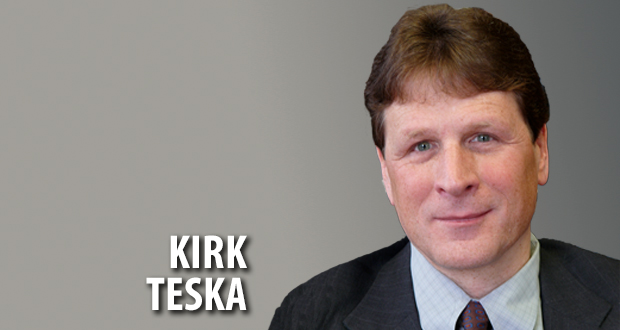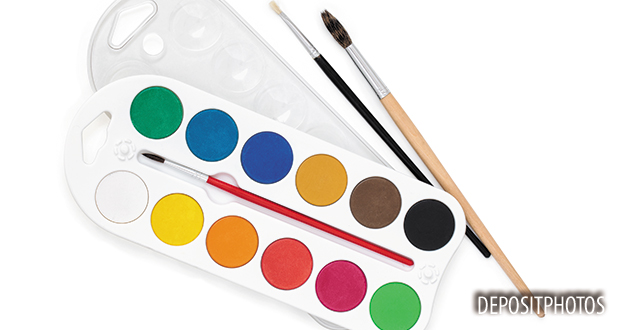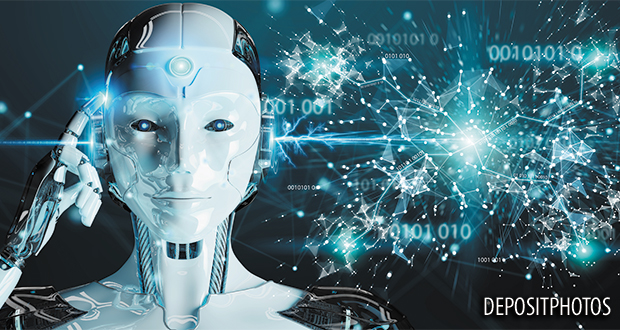As is our custom this time of year, the following are the top 10 IP cases of the prior year.
1. Tampa Brady
Tom Brady is once again seeking to acquire more federal trademark registrations. Last year I told you he applied for “Tom Terrific” and was soundly rebuked by the Trademark Office because Tom Terrific falsely suggested a connection with (Hall of Fame pitcher) Tom Seaver. And then Brady signed with Tampa Bay.
His latest trademark filings are for “Tampa Brady” and “Tompa Bay.” With a little tweaking of the applications, both of these marks should register. Brady’s other registrations are for “TB12” — his fitness website.
Also, several other would-be entrepreneurs have filed applications for registration of “Tampa Brady Gronkaneers” and “Tompa Bay Gronkaneers.” Achieving registration, however, will be difficult because, among other things, both Brady and Gronk would have to sign off on a consent.
2. IPRs
A company facing infringement allegations of another company’s patent can challenge the patent at the Patent Office via an inter-parties review — or IPR — request. Numerous IPRs have been instituted by the Patent Office and about half the time the patents challenged are held invalid.
A decision is reached by the Patent Office within a year from institution, and a challenger has one year from service of a patent infringement complaint upon it to file an IPR.
But the institution rate is going down. The Patent Office has discretion whether to institute an IPR. Usually it’s because the request is viewed as a weak challenge to the patent.
 Now, however, there can be another reason to deny institution. In Apple, Inc. v. Fintiv, Inc. (March 20), Fintiv had sued Apple for infringing Fintiv’s patent. Apple then took almost 10 months to file its IPR, and by then the federal District Court had set a trial date that would occur before the Patent Office decided the IPR. And, in court, discovery was underway and the parties’ positions regarding the patent were made clear.
Now, however, there can be another reason to deny institution. In Apple, Inc. v. Fintiv, Inc. (March 20), Fintiv had sued Apple for infringing Fintiv’s patent. Apple then took almost 10 months to file its IPR, and by then the federal District Court had set a trial date that would occur before the Patent Office decided the IPR. And, in court, discovery was underway and the parties’ positions regarding the patent were made clear.
Based on those facts, the Patent Office denied institution. Thus, venue in a patent infringement suit can matter to the patent owner: An IPR may not be instituted if the court in that venue doesn’t allow stays and if the court moves fast to trial.
For accused infringers, depending on your court, you may now have to expedite the IPR request.
3. IPRs … again
By statute, a Patent Office decision on whether or not to institute an IPR is not reviewable by any court. What about when the Patent Office really messes up?
According to Thryv, Inc. v. Click-2-Call Technologies, LP (April 20), it doesn’t matter. The U.S. Supreme Court held no review means no review, even though in this case Thryv’s IPR was filed more than a year after it was sued by Click-2-Call.
4. Blackbeard and copyright piracy
In 1717, Edward Teach (a.k.a. Blackbeard) captured a slave ship in the West Indies, renamed her “Queen Anne’s Revenge,” and ran her aground off the coast of North Carolina.
The wreck belongs to North Carolina, according to state and federal law, and in 1996 North Carolina hired a company to salvage the wreckage. Frederic Allen created videos and photos of the salvage efforts and copyrighted them. When North Carolina used his photos and videos, Allen sued.
In defense, North Carolina asserted sovereign immunity. Normally, North Carolina would be right, but Congress had enacted laws abrogating the states’ immunity to patent and copyright infringement lawsuits.
In Allen v. North Carolina (March 23), the Supreme Court held Congress had no authority to abrogate the states’ immunity for these types of lawsuits.
 5. Color as a trademark
5. Color as a trademark
There are all kinds of weird trademarks, including sounds, Boise State’s blue turf on its football field, and product and container shapes. But the Trademark Office won’t allow color marks on product packaging to register without proof of “acquired distinctiveness,” also called “secondary meaning” — in other words, proof the mark actually functions as a trademark and a source identifier as opposed to merely a descriptive product identifier.
In In re Forney Industries, Inc. (April 8), the Federal Circuit Court of Appeals disagreed. “While it is true that a ‘single color is usually perceived as ornamentation,’… a distinct color-based product packaging mark can indicate the source of the goods to a consumer, and, therefore can be inherently distinctive.”
6. Generic.com
The Trademark Office also had a rule that a generic word followed by “.com” was still generic and not registerable. Under the rule, the Trademark Office refused registration of “Booking.com” by the popular hotel and travel reservation website.
 The Supreme Court, however, disagreed. “A term styled ‘generic.com’ is a generic name for a class of goods or services only if the term has that meaning to consumers.” United States Patent and Trademark Office v. Booking.com (June 30).
The Supreme Court, however, disagreed. “A term styled ‘generic.com’ is a generic name for a class of goods or services only if the term has that meaning to consumers.” United States Patent and Trademark Office v. Booking.com (June 30).
And, in this case, since consumers did not perceive the term “Booking.com” to signify online hotel reservation services as a class, Booking.com is entitled to a registration.
7. Profits and trademarks
A trademark owner, if successful in proving infringement, can be awarded all of the defendant’s ill-gotten profits.
There has been a split of authority on this point: Some courts have held disgorgement of a defendant’s profits was possible only if the defendant willfully infringed the trademark; other circuits have not required a finding of willfulness.
In Romag Fasteners v. Fossil, Inc. (April 23), the Supreme Court held willfulness is not a precondition to an award of profits but is still a consideration in determining whether an award of a profit is appropriate.
8. The government edicts doctrine
The Georgia Code Revision Commission produces an e-book including every Georgia statute and a set of annotations. When Public.Resource.Org, or PRO, copied the book and distributed it to the public, Georgia sued.
Because “no one can own the law,” the Supreme Court held the government edicts doctrine prohibits Georgia’s statues and annotations from being copyrighted. Georgia v. Public.Resoure.org, Inc. (April 27).

9. AI “inventor”
In 2019, the Israeli company FlashPoint IP Ltd. filed a U.S. patent application naming a computer program as the inventor. The patent laws state: “Whoever invents or discovers any new and useful process, machine, manufacture, or composition of matter … may obtain a patent therefore … ” subject to conditions and requirements of this title.
This year, the Patent Office denied FlashPoint’s petition to name the computer program as an inventor because “whoever” means a person. Who then is the inventor? The programmer of the computer? Maybe not since FlashPoint argued that the computer and only the computer came up with the invention of the patent application.
FlashPoint is now suing the Patent Office. Thaler v. Iancu
10. Eligibility
Patent attorneys working on computer inventions invented by actual people got some good news in April when the Federal Circuit in Unilock USA, Inc. v. LG Electronics USA, Inc. held “our precedent is clear that software can make patent-eligible improvements to computer technology, and related claims are eligible as long as they are directed to non-abstract improvements to the functionality of a computer or a network platform itself.”
Kirk Teska is managing partner of Iandiorio, Teska & Coleman in Waltham, Massachusetts, an adjunct professor at Suffolk University Law School, and the author of “Patent Savvy for Managers” and “Patent Project Management.”
 New England Biz Law Update
New England Biz Law Update
